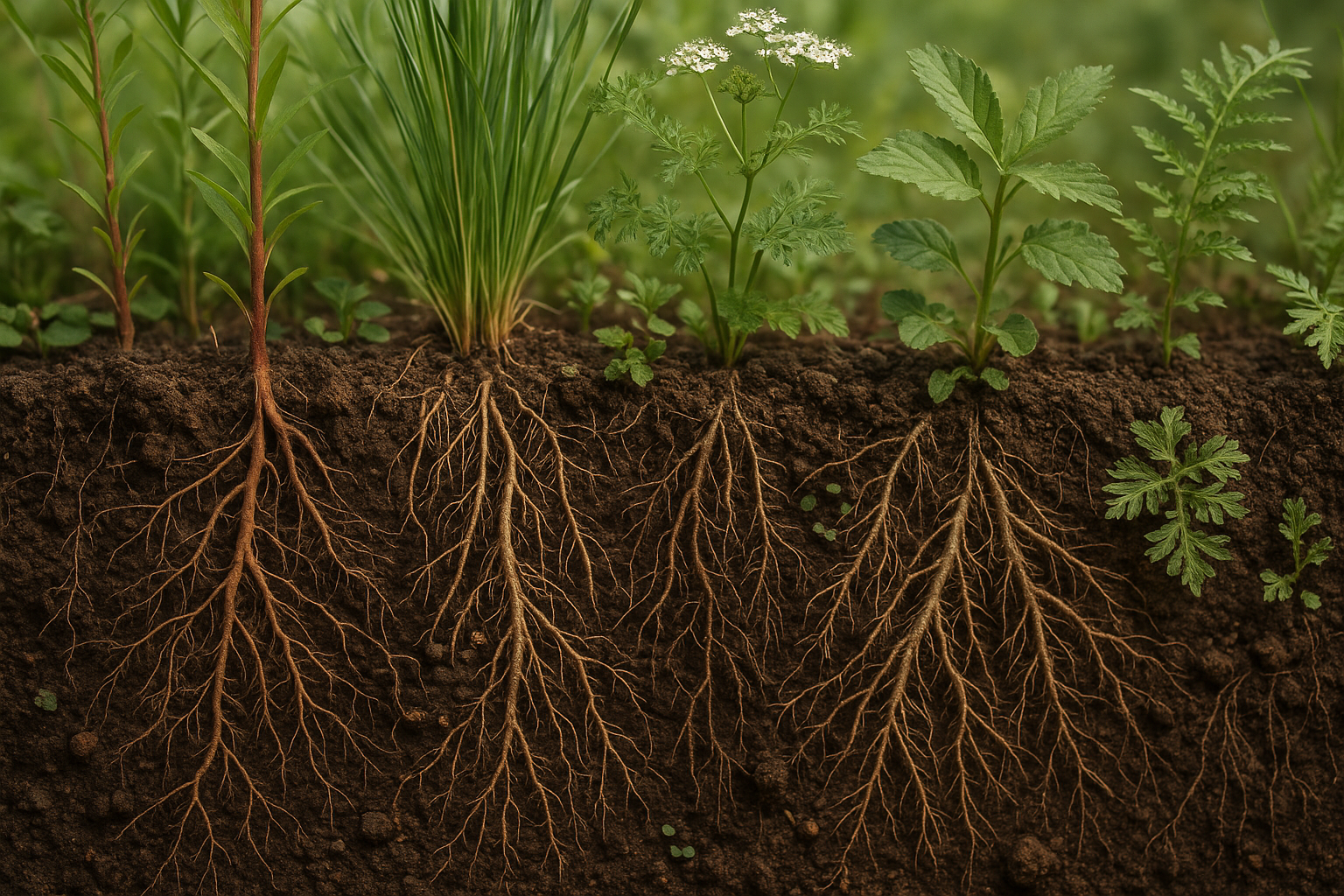Revolutionize Your Backyard With Essential Native Plant Secrets
Transform your backyard into a thriving oasis by embracing native plant secrets that not only enhance beauty but also offer sustainable gardening solutions, and as you explore these options, you'll discover a wealth of possibilities to elevate your outdoor space.

The Power of Native Plants
Native plants are those that have evolved naturally in a particular region, adapting to the local climate, soil, and ecosystem. By choosing native plants for your backyard, you are selecting species that are well-suited to thrive without the need for excessive watering, fertilizers, or pesticides. This leads to a more sustainable and environmentally friendly garden that supports local wildlife, including pollinators like bees and butterflies.
Benefits of Native Plants
One of the primary benefits of incorporating native plants into your landscape is their low-maintenance nature. Because they are adapted to the local environment, native plants require less water and care than non-native species. This can lead to significant cost savings on water bills and garden maintenance. Additionally, native plants help to preserve biodiversity by providing habitats for various insects and animals, promoting a balanced ecosystem in your backyard.
Cost Considerations
While the initial cost of purchasing native plants might be comparable to or slightly higher than non-native options, the long-term savings are substantial. Reduced water usage and minimal need for fertilizers and pesticides mean that you will spend less over time maintaining your garden. Furthermore, many local nurseries and garden centers offer discounts on native plants, especially during planting seasons, so it's worth browsing options to find the best deals.
How to Get Started
To begin your journey with native plants, start by researching which species are native to your region. Websites like the National Wildlife Federation and local extension services provide valuable resources and plant lists tailored to your area1. Consider factors such as sunlight, soil type, and water availability in your backyard to ensure you choose the right plants for your conditions.
Designing with Native Plants
When designing your landscape, think about the various layers of your garden. Incorporate a mix of ground covers, shrubs, and trees to create a diverse and visually appealing environment. Native grasses can add texture and movement, while flowering plants bring color and attract pollinators. By strategically placing different plant types, you can create a dynamic and functional outdoor space that meets your aesthetic and ecological goals.
Real-World Examples
Many homeowners have successfully transformed their backyards using native plants. For instance, a garden in California might feature drought-tolerant species like California poppies and manzanita, while a Midwest garden could include coneflowers and prairie grasses. These real-world examples demonstrate the versatility and beauty of native plants in various climates2.
Additional Resources
For those interested in diving deeper into native plant gardening, numerous workshops, online courses, and gardening clubs offer valuable insights and community support. Visiting websites dedicated to native plant conservation can provide you with further guidance and inspiration to create a sustainable backyard haven.
By choosing native plants, you not only enhance the natural beauty of your backyard but also contribute to a healthier environment. As you explore these resources and options, you'll find countless ways to make your garden a vibrant and sustainable sanctuary.